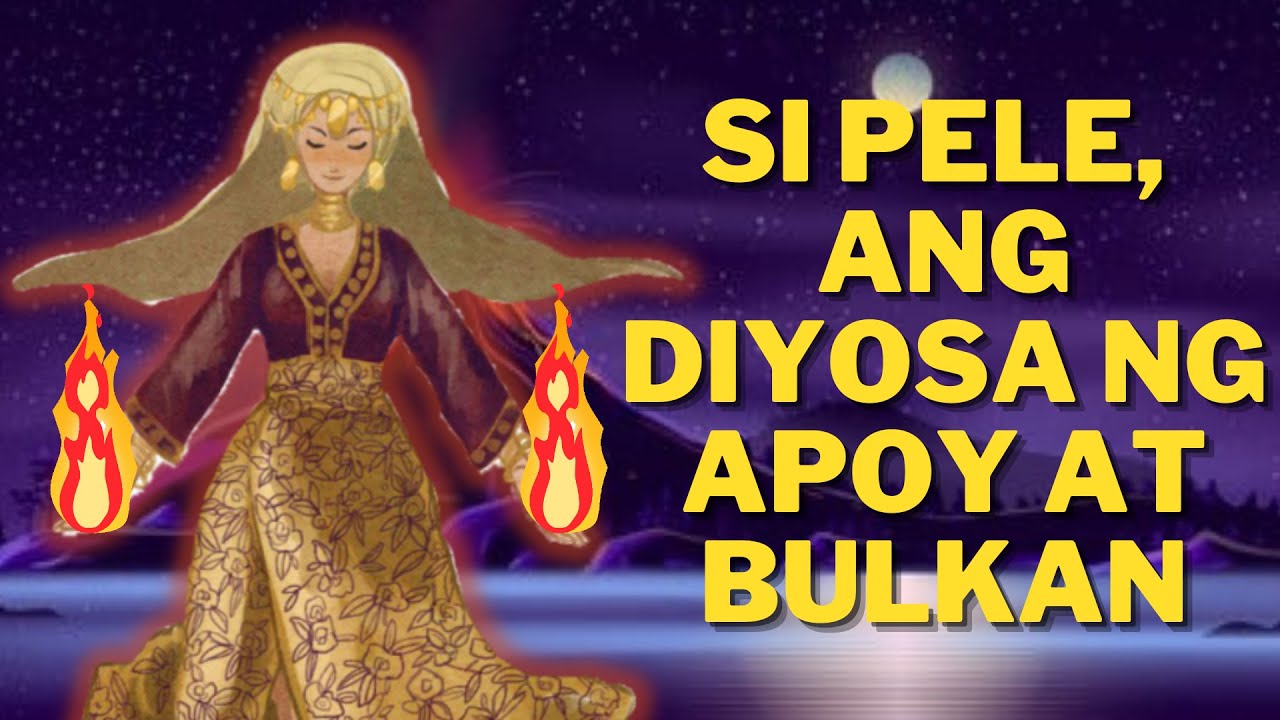The Most Powerful and Important Gods of Hawaiian Mythology | FHM
Summary
TLDRExplore the rich mythology of Hawaii, where deities like Pele, the goddess of fire, and Namakaokahai, the goddess of the sea, embody the struggle between volcanic forces and oceanic power. The narrative also features important figures such as Kū, the god of war, Lono, the god of agriculture and peace, and Kāne, the sun god, highlighting their roles in Hawaiian culture and traditions. These stories, passed down through generations, reflect the deep connection between the Hawaiian people and their environment, showcasing themes of creation, conflict, and harmony within nature.
Takeaways
- 🌋 Pele is the goddess of fire, credited with the creation of the Hawaiian Islands through volcanic eruptions.
- 💃 Hāloa, associated with Pele, embodies themes of conflict and reconciliation, demonstrating the power of hula dance.
- 🌊 Namakaokahai (Namaka) represents the ocean and symbolizes the rivalry between fire and water, crucial to Hawaiian cosmology.
- ⚔️ Kū, the god of war and agriculture, is invoked for victory in battles and highlights the importance of sacrifice in ancient Hawaiian religion.
- 🌧️ Lono is revered as the god of peace, fertility, and agriculture, playing a significant role in sustaining Hawaiian culture during the makahiki festival.
- ☀️ Kāne, the sun god, is credited with creating humanity and the natural world, representing growth and sustenance.
- 🌊 Kanaloa, the ocean god, embodies the balance between life and death, often associated with the underworld.
- 🌙 Hina, the moon goddess, is linked to the creation of coconut trees and is seen as a protector of those working with bark.
- ❄️ Poliahu, the goddess of snow and ice, competes with Pele, showcasing themes of beauty and power in their rivalry.
- 🐷 Kamapua'a, the pigman, symbolizes transformation and love's complexities in his relationship with Pele.
- 🌱 Kapo is known for her abilities in fertility and magic, reflecting the duality in many Hawaiian deities.
- 💀 Milu, the ruler of the underworld, presides over the souls of the dead, representing the darker aspects of life.
Q & A
What is the significance of the Hawaiian Islands in Polynesian culture?
-The Hawaiian Islands are central to Polynesian culture as they represent a unique civilization shaped by the first Polynesians who sailed into the unknown, creating a rich mythology that intertwines with the land and its natural elements.
Who is Pele and what role does she play in Hawaiian mythology?
-Pele is the goddess of fire and volcanoes, credited with creating the Hawaiian Islands through volcanic eruptions. She is known for her passionate nature and is often associated with the Kilauea volcano.
What is the relationship between Pele and her sister Namakaokahai?
-Pele and Namakaokahai, the sea goddess, have a tumultuous relationship characterized by conflict, symbolizing the struggle between fire and water, which is reflected in the creation of the Hawaiian Islands.
What is Haka known for in Hawaiian mythology?
-Haka is significant for her association with hula dancing and singing, as well as her healing abilities. Her story often involves her daring actions to defy her sister Pele and protect her lover Lohia.
How does Kanaloa differ from Pele and Namakaokahai?
-Kanaloa is the god of the ocean and deep waters, often invoked for safe voyages and abundant fishing. He represents the ocean's power, while Pele represents volcanic fire and Namakaokahai symbolizes the sea.
What does the deity Lono represent in Hawaiian culture?
-Lono is revered as the god of peace, fertility, agriculture, and rainfall, central to the Makahiki festival, which celebrates the harvest and marks a time of peace and festivities in Hawaii.
What unique abilities does Kamapuaa possess?
-Kamapuaa has the power of transformation, allowing him to change into various forms such as a pig, fish, or even rain. He represents complexity in relationships, particularly with Pele.
What role does Hina play in Hawaiian mythology?
-Hina is recognized as the moon goddess and is also the mother of the demigod Maui. She represents nurturing and creativity, particularly related to traditional weaving and lunar cycles.
What is the significance of Papa and Wakea in Hawaiian mythology?
-Papa is the mother goddess symbolizing the Earth, while Wakea represents the sky. Their union symbolizes the sacred connection between Heaven and Earth, leading to the birth of the first ancestors of the Hawaiian people.
Who is Milu, and what is his domain?
-Milu is the ruler of the realm of the dead, a dark figure in Hawaiian mythology. He presides over the underworld, where souls go after death, contrasting with benevolent deities who inhabit the upper realms.
Outlines

Этот раздел доступен только подписчикам платных тарифов. Пожалуйста, перейдите на платный тариф для доступа.
Перейти на платный тарифMindmap

Этот раздел доступен только подписчикам платных тарифов. Пожалуйста, перейдите на платный тариф для доступа.
Перейти на платный тарифKeywords

Этот раздел доступен только подписчикам платных тарифов. Пожалуйста, перейдите на платный тариф для доступа.
Перейти на платный тарифHighlights

Этот раздел доступен только подписчикам платных тарифов. Пожалуйста, перейдите на платный тариф для доступа.
Перейти на платный тарифTranscripts

Этот раздел доступен только подписчикам платных тарифов. Пожалуйста, перейдите на платный тариф для доступа.
Перейти на платный тарифПосмотреть больше похожих видео
5.0 / 5 (0 votes)






